Hair Examination and Analysis
A thorough hair examination and analysis is an essential first step in the hair restoration process. Whether you are considering a hair transplant or looking for ways to address thinning or hair loss, a comprehensive assessment of your hair and scalp condition will guide the most effective treatment plan. By understanding the causes of hair loss, the condition of the scalp, and the quality of the donor area, a professional can recommend the best approach to achieve your desired results.
In this article, we will dive deep into the importance of hair examination and analysis, the factors that are assessed, and how these insights contribute to developing a personalized treatment plan.
Why is Hair Examination and Analysis Important?
Hair examination is crucial for a number of reasons, including:
- Identifying the Root Cause of Hair Loss: Understanding the underlying reasons for hair loss is key to choosing the right treatment. Hair loss can be caused by various factors, such as genetics, hormonal imbalances, stress, nutritional deficiencies, or medical conditions. By identifying the cause, it’s possible to tailor the treatment to be more effective.
- Assessing the Donor Area: The donor area is the region of the scalp from which hair follicles are harvested for transplantation. A healthy, dense donor area is vital for a successful hair transplant. The examination helps assess the condition and quality of this area, which directly impacts the final results of the transplant.
- Creating a Customized Treatment Plan: Every patient’s hair loss situation is unique. By analyzing the hair and scalp, the surgeon can design a treatment plan that is tailored specifically to the individual’s needs and goals. This increases the likelihood of achieving natural-looking and satisfactory results.
- Monitoring Progress: Regular hair examinations can help track the progress of hair restoration treatments over time. Whether it’s after a transplant, medication, or non-invasive treatments, monitoring ensures that the chosen method is working effectively.
What Does a Hair Examination Involve?
A detailed hair examination typically includes several key steps, each designed to evaluate different aspects of your hair and scalp condition. Here are the main components involved:
- Medical History Review
Before any physical examination, the hair restoration specialist will ask about your medical history. This includes:
- Family history of hair loss: Since genetics plays a significant role in hair loss, knowing your family’s history of male or female pattern baldness is essential.
- Health conditions: Conditions such as thyroid issues, anemia, or autoimmune diseases can contribute to hair loss.
- Medications: Some medications can cause hair thinning or loss. It’s important to disclose any medications or supplements you are taking.
- Lifestyle factors: Stress, diet, and hair care habits can also influence hair health.
Understanding these factors helps the surgeon determine whether medical treatment is needed in addition to hair restoration procedures.
- Scalp Examination
The scalp examination is an important part of the hair analysis. During this assessment, the surgeon will examine your scalp for:
- Scalp health: The overall health of the scalp, including signs of dryness, dandruff, irritation, or infections, will be evaluated. A healthy scalp is essential for optimal hair growth.
- Hair density: The number of hair follicles per square inch is assessed to determine the extent of thinning or hair loss in various areas of the scalp.
- Scalp elasticity: The surgeon will also assess the elasticity of your scalp. Healthy scalp skin is flexible and allows for easy movement, which is important for the successful extraction and transplantation of hair follicles.
- Hair Follicle Analysis
In some cases, a hair follicle analysis is conducted to assess the quality of the hair itself. The specialist may:
- Look at the size and thickness of the hair follicles. Thicker hair follicles generally produce fuller, denser hair.
- Examine the health of the existing hair. If the existing hair is weak or brittle, this may indicate the need for additional treatments, such as PRP (Platelet-Rich Plasma) therapy, before considering a transplant.
- Hair Loss Pattern Assessment
Understanding the pattern of hair loss is crucial for developing a personalized treatment plan. The specialist will observe whether the hair loss follows the common patterns of male-pattern baldness (receding hairline, thinning at the crown) or female-pattern thinning (general thinning across the scalp). The Norwood scale and Ludwig scale are often used to assess the degree of male and female hair loss, respectively.
This analysis will help determine if the patient is a good candidate for a hair transplant and if the results will be natural-looking.
- Donor Area Evaluation
The donor area (usually the back and sides of the scalp) is crucial to the success of a hair transplant. The surgeon will assess:
- Hair density: The denser the hair in the donor area, the more grafts can be harvested for transplantation.
- Hair texture: The texture and thickness of the donor hair can affect the overall outcome of the transplant. Coarse, thick hair typically yields a better result compared to finer hair.
- Hair growth pattern: The direction of hair growth in the donor area will also influence how the transplanted hair will appear in the recipient area.
The donor area should be dense enough to provide sufficient hair follicles for the transplant while maintaining a natural look.
- Blood Tests and Skin Test (if necessary)
In some cases, especially if there is an underlying medical condition or potential contraindications, the doctor may recommend blood tests or a skin test. These tests help ensure that you are healthy enough to undergo a transplant and that there are no underlying issues that could interfere with the procedure.
How Does Hair Analysis Affect Treatment Decisions?
The results of the hair examination and analysis will directly influence the treatment decisions made by the surgeon. For example:
- Non-surgical treatments: If the hair analysis reveals early-stage hair thinning with healthy donor hair, non-surgical treatments like PRP therapy or hair growth medications (such as finasteride or minoxidil) may be recommended.
- Hair Transplant: If a hair transplant is deemed appropriate, the analysis will guide the surgeon in choosing the best technique (e.g., FUE, DHI, Sapphire FUE) and determining the ideal donor and recipient areas.
- Combination treatments: In some cases, a combination of surgical and non-surgical treatments may be recommended to achieve the best possible results. For instance, scalp micropigmentation or low-level laser therapy may be used in conjunction with a hair transplant to improve density and overall appearance.
The analysis helps ensure that the treatment plan is personalized to meet the patient’s unique needs and goals.
⏳ What to Expect After the Hair Examination and Analysis?
Once the hair examination is complete, the surgeon will discuss the findings and provide recommendations. Depending on the diagnosis, treatment options may include:
- Hair transplant consultation: If a transplant is recommended, a detailed plan will be created, including the technique, timeline, and cost.
- Alternative treatments: If a transplant is not needed or if it’s too early for one, the surgeon may suggest other treatments like PRP therapy, mesotherapy, or topical treatments.
- Follow-up plan: Regardless of the treatment chosen, regular follow-up appointments may be necessary to monitor progress and adjust the plan as needed.
In Conclusion
A comprehensive hair examination and analysis is a crucial part of the hair restoration process. By assessing various factors such as scalp health, hair density, donor area quality, and the underlying causes of hair loss, a personalized treatment plan can be developed that maximizes the chances of achieving natural and satisfying results.
If you are considering a hair transplant or any other form of hair restoration, be sure to consult with an experienced professional who will conduct a thorough analysis and guide you through the best options for your unique situation.
At Revital Hair Clinic, we specialize in providing customized hair restoration solutions based on a detailed examination of your scalp and hair. For more information or to schedule a consultation, don’t hesitate to contact us.
Revital Hair Clinic © 2024

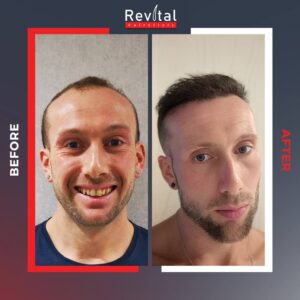
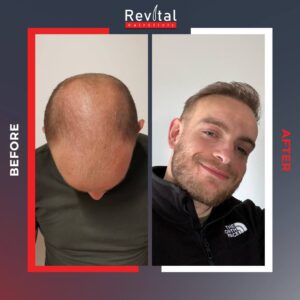
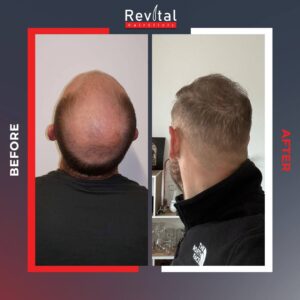
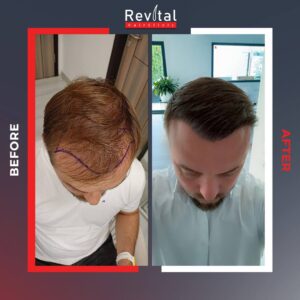
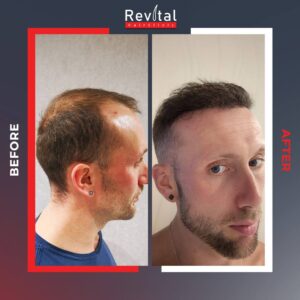


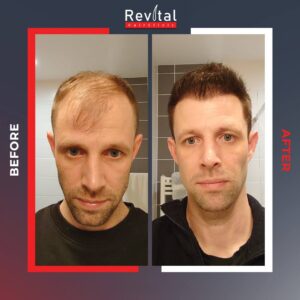
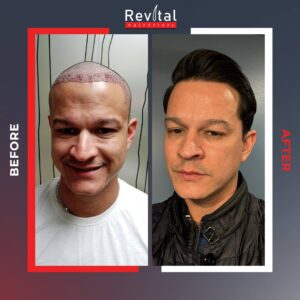

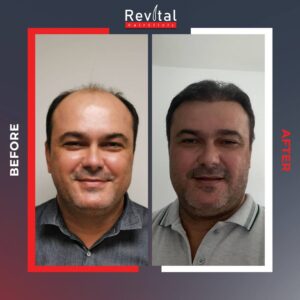
Leave a Reply